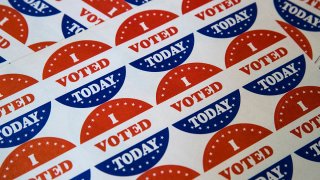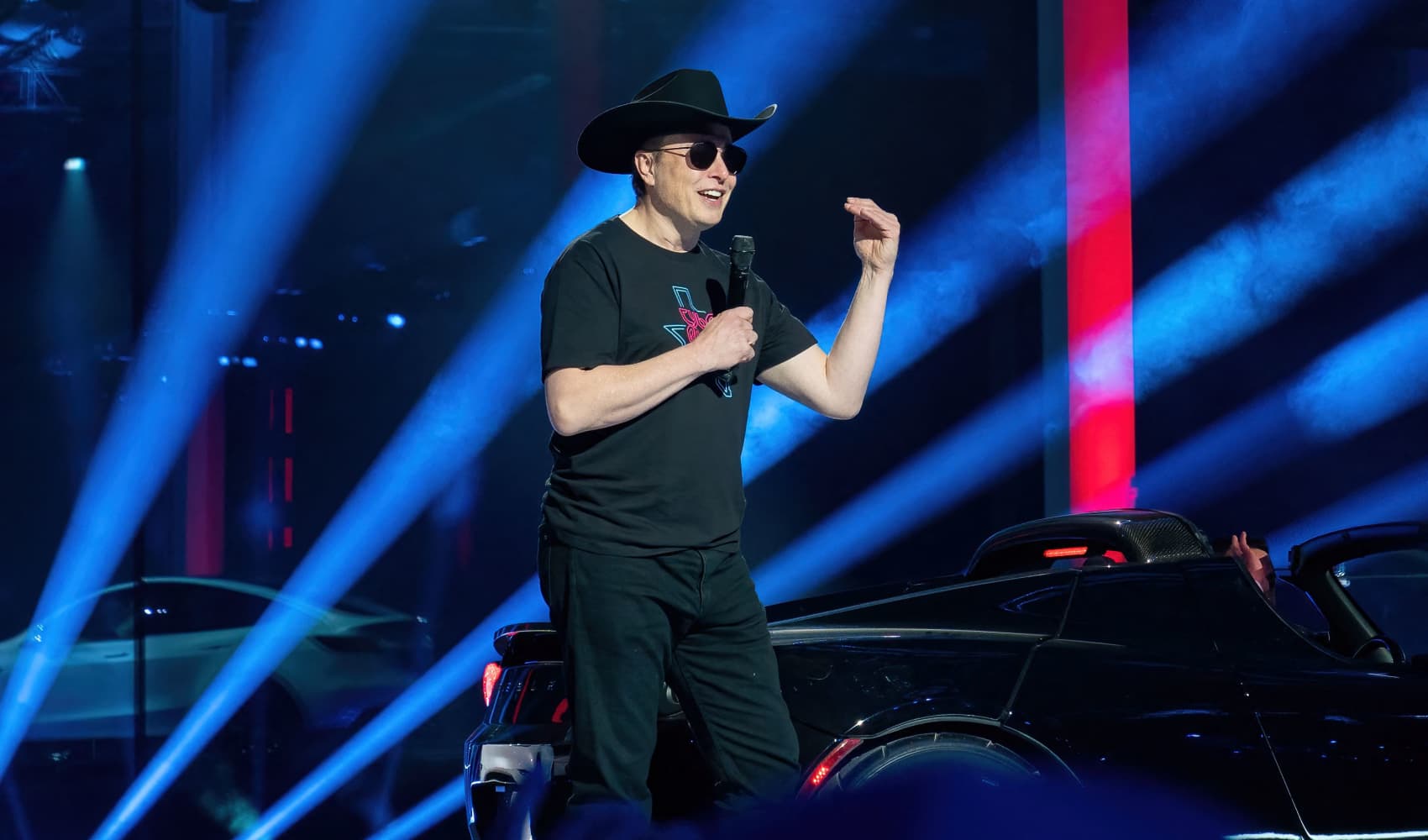
Californians start voting Monday in a high-profile Democratic presidential primary that has no clear front-runner and could take longer to count than any previous election in a state already notorious for slow ballot counting.
For the first time, Californians can register to vote all the way up to and including election day wherever ballots are cast, which could mean a surge of last-minute ballots, including last-minute provisional ballots that take longer to count.
There's a lot at stake in California's March 3 primary. California polls show U.S. senators Elizabeth Warren and Bernie Sanders and former vice president Joe Biden jockeying to advance to November against President Donald Trump, who has no serious Republican challenger.
The election date itself is new, moved up from its usual June to "Super Tuesday" so California's 20 million Democratic-leaning registered voters might have a say in this year's presidential race. Early voting begins Monday, the same day caucuses in Iowa start choosing their nominee.
Voters are also weighing in on congressional races, state legislative seats and a statewide school bond.
California's March election showcases expansive changes in how and where people in the country's most populous state can vote, with speedy new voting systems in some counties that elections officials say will cut down on tardy tallying.
Fifteen counties, including Los Angeles, will replace traditional polling places with "vote centers" where people who live anywhere in the county can vote early, drop off ballots or register to vote.
California
News from across California
Secretary of State Alex Padilla, a Democrat, is telling voters and elections administrators to prepare for record presidential primary turnout.
"In my opinion, that’s great news," he said. "The more people participate in democracy, the better. That's the way it's supposed to work."
California has previously allowed same-day voter registration, but only at county elections offices. Gov. Gavin Newsom signed legislation last year requiring all polling places and vote centers to offer the option until 8 p.m. on election day.
But with change comes the potential for hiccups.
As part of ongoing efforts to increase ways to vote, fourteen counties will automatically mail ballots to voters. Fifteen counties, up from five in 2018, are replacing polling places with multi-purpose vote centers, possibly confusing people accustomed to voting at their regular polling place on election day.
The expansion of same-day voter registration and a crush of last-minute voters means it could take days or even weeks to determine the Democratic primary winner. California already takes longer than other states to tally votes; ballots postmarked by March 3 will be counted as long as they arrive by March 6.
In 2018, it took a month before the Republican incumbent in California's 21st U.S. House district conceded to his Democratic opponent.
"We have a very close race between three candidates and that's been evident for months now. And unless that changes dramatically, we're going to have a close election March 3," says Mark Baldassare, president and CEO of the nonpartisan Public Policy Institute of California.
"At this point in time, it’s very unlikely we’re going to know the night of the election," he said.
Loyola Law School professor Jessica Levinson shrugs off a delay in results, saying it "is only an issue for the candidates who want to claim victory and momentum." In any case, the way the California Democratic Party calculates delegate votes is complex and only partly related to who wins the overall popular vote.
Instead, she and other voting advocates worry that the state's large number of nonpartisan voters may be shut out of the presidential race because they didn't request a partisan ballot in advance. More than 5 million Californians are registered with “no party preference,” a percentage that has grown since 2016.
"No party preference" voters can vote in the Democratic, Libertarian or American Independent Party races but they have to reply to a postcard to request a crossover ballot. They can also re-register as Republicans to vote in the Republican election. But if they do nothing, they'll end up with a ballot that does not list any presidential candidates.
Only 9% of unaffiliated voters have requested crossover ballots, much lower than it should be, said Paul Mitchell, vice president of data firm Political Data Inc.
Voting advocates are trying to get the word out to unaffiliated voters, hoping that early voting, new vote centers and expanded same-day registration will offset any barriers.
Orange County has replaced hundreds of polling places with 188 vote centers backed by a speedy new system that could cut counting time for the 1.6 million registered voters in half, said Neal Kelley, registrar of voters.
Santa Clara County is pushing an "avoid-the-line" campaign encouraging voting by mail, said Eric Kurhi, spokesman for the registrar's office.
“That's the whole thing: we want to make voting easy for people," Kurhi said.



